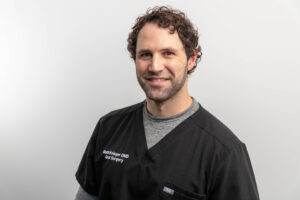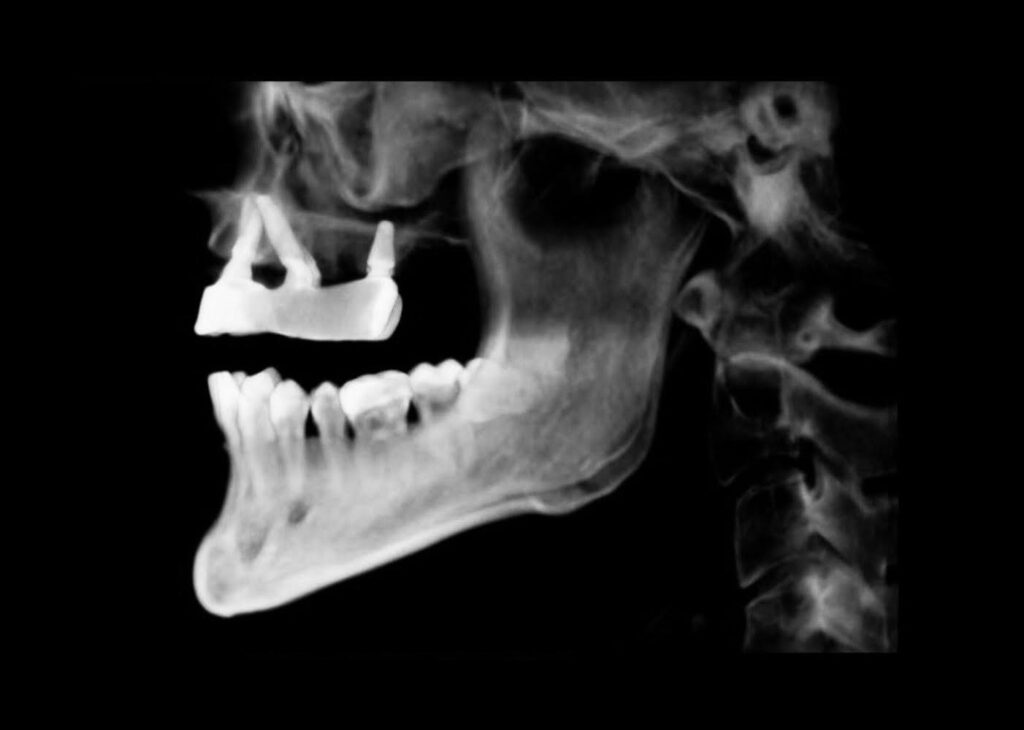Archived Newsletter Re-Post.
The AOX Newsletter • February 2024 #8
I love pterygoid implants. And, I place them often.
That being said, if available, I will almost always opt for a palatal root implant in place of a pterygoid implant.
Why?
1. A palatal root implant is never easier to place than it is at the time of molar extraction.
The benefit of the palatal root implant is being able to engage the cortical lining of the palatal socket and therefore generate notable torque.
In order to achieve this, you need to know where the socket is located. The only time you will know exactly where to find this site, is at the time of extraction.
Trying to locate that cortical lining 4 or 6 or 12 months later, is next to impossible. While you can still place an implant in this region, it becomes much more difficult to predictably avoid the sinus and to consistently generate torque in the posterior maxilla.
2. I always attempt to leave myself surgical “outs”.
I know that if a palatal root implant is placed initially and fails, I can remove this failed implant and add a pterygoid implant to maintain a loadable prosthetic.
Adding the pterygoid implant secondarily, will be no different in terms of surgical difficulty than it would have been at the initial surgery. The pterygomaxillary pillar is in the same spot and the bony architecture in this region is unchanged.
Placement of the palatal root implant, however, is much more difficult at a secondary surgery.
Because of this, placing the palatal root implant first (when it is predictable) leaves me the pterygoid implant as an “out”. Placing the pterygoid first, however, doesn’t really leave me a palatal root implant as a future “out”. If not used initially, that palatal socket is gone…
3. Less surgical risk.
While I absolutely think pterygoid implants are a great tool for a surgeon to utilize, they do carry certain anatomical risks.
If I can accomplish the same goal (typically elimination of a cantilever) with implant placement in an anatomical region associated with less surgical risk, I will choose the option that carries less risk.
4. Palatal root implants are easier to access and restore.
Every single prosthodontist I have worked with throughout my career has preferred a palatal root implant to a pterygoid implant from a restorative standpoint. The location of the palatal root implant is simply easier for them to access and work with prosthetically. If I can provide them this option, I will.
Matthew Krieger DMD
P. S.
I will note that I do prefer surgical symmetry. I typically prefer either bilateral palatal root implants and/or bilateral pterygoid implants. While this is not always the case – I will weigh this into my surgical decision making.
“Everything should be made as simple as possible, but not simpler.”
Albert Einstein
Q & A with Dr. K

“Do you ever use loupes during AOX surgery?” |
I do not use loupes.
I actually haven’t used loupes since my WREB exam in dental school…
I personally am not a fan of loupes during surgery and feel that they prevent me from seeing the whole surgical field.
I feel that AOX surgery is somewhat unique in that it requires a constant assessment of symmetry, angles, and path of draw across not only one – but often two jaws.
For me, intra-operative assessment of the above items requires an unobstructed view of the whole surgical field at once.
That being said, I do not think it’s “wrong” to wear loupes – it’s simply surgeon preference.
I must say though, while I don’t feel the need for loupes – I cannot work without a headlight!
Archived newsletters are released on a delayed timeline, a few months after the original publication. If you would like to receive these newsletters in real time please sign up here.

